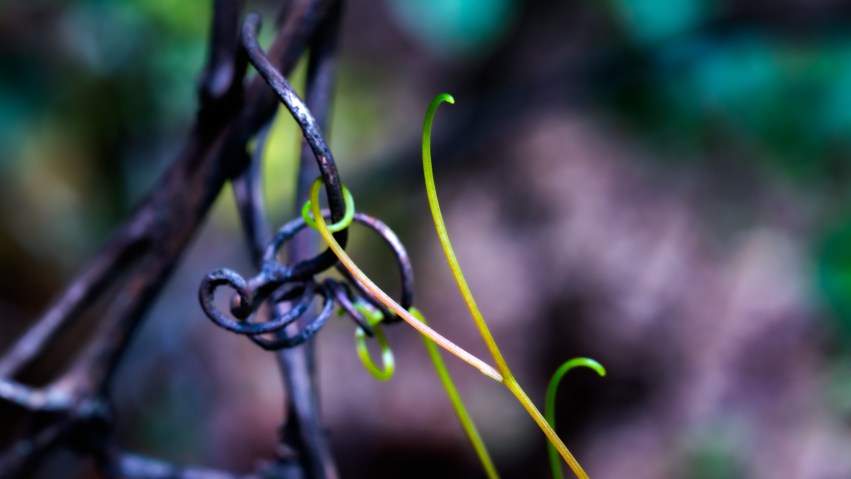From A Garden of Marvels by Ruth Kassinger:
“Left to their own devices, your plants’ vines will branch and rebranch and then rebranch some more, crisscrossing each other while growing several inches a day into a wrist-thick spaghetti of vinery. The plants will also want to develop lots of leaves, which are as big as serving platters and hover above the vines on two-foot-tall stems. Your vines will also want to produce many small (relatively speaking) fruits that can hide under those leaves…
“A rampant tangle of vines and leaves means some leaves will shade others, and shaded leaves are slacker leaves when it comes to the business of gathering sunlight. So it’s your job to go into the patch every day and prune, arrange, and stake, the rapidly growing vines so that they conform to your ideal….”
From “Blueflags” by William Carlos Williams in The RHS Book of Flower Poetry and Prose by the Royal Horticultural Society:
I stopped the car
to let the children down
where the streets end
in the sun
at the marsh edge
and the reeds begin
and there are small houses
facing the reeds
and the blue mist in the distance
with grapevine trellises
with grape clusters
small as strawberries
on the vines….
Hello!
In a previous post (see Found Blooms! (1 of 2)), I mentioned that I had been tidying up my Lightroom library at year’s end, and found a couple of sets of photos of cherry blossoms from Oakland Cemetery’s gardens and some photos of grapevines from my back yard. The grapevines have appeared here before (click this link if you’d like to see all the versions), and that may be why I didn’t attend to them last spring — you know: so many plant photos, so little time! I took the photos in this post (and the next one) last April, and spent a bit of time last week polishing them up and trying to give their leaves and tentacles a bit of flair. I’ll likely take another set of similar photos in a couple of months… however….
The historic winter storm that created havoc throughout much of the U.S. in the days leading up to Christmas brought about four days of below freezing temperatures and below-zero windchills (brrrrrr!) to much of Georgia — something that hadn’t happened since the 1980s and therefore not since I’ve lived in my house. The extreme cold for that extended period severely damaged a lot of plants that normally continue to grow (though more slowly) over the winter. My front yard and about half of my back yard, for example, are covered in carefully-curated English ivy, and nearly all of its thousands of tiny green leaves have turned black and crumble in your fingers if you touch them. Many other “evergreen” plants have done the same; on my property alone, azaleas, boxwoods, autumn ferns, holly ferns, jasmine, and fringeflower bushes have all turned black. It’s all very strange and somewhat disconcerting, even moreso when I walk around the neighborhood and see that yard after yard has turned dark gray or black. These plants are all perennials, though, so I guess it will be interesting to see how well they regenerate — and to photograph new life when it pushes out the dark, dusty remains.
Since the grapevines take winter naps anyway — losing all their leaves and turning their vines to sticks in October or November — I won’t know until late March if they survived the storm. I’m hoping they did, of course, since I’ve had them for so long — and I’m guessing they will since the ground didn’t freeze. I could replace them, naturally, but there’s something delightfully nostalgic about having the same plants coming back every spring for so long — for over a decade, in the case of these grapevines. I’m sure I’ll be out there with the camera, should the first swatches of green appear in about eight weeks.
The first seven photos below are the tendrils and early leaves of a Concord grapevine; and the rest are the tendrils and leaves of a Catawba grapevine. With these photos, as I remember it, I tried to frame the subjects to create a little elegance and drama around them — to the extent that that’s possible with plant photographs — by making deliberate choices about framing the subjects.
The Concord displays more translucent colors than the Catawba, featuring mostly shades of yellow and green (with brief slashes of red) that glow in morning sunlight. The Catawba is less translucent and not as shiny, but all of its early growth shows many more colors. In the last couple of photos, for example, you can see yellow and green, as expected, but also streaks of red, orange, blue, and purple or magenta. The Catawba’s rainbow of colors — don’t you wonder why it evolved that way? — persist for about three weeks. As the plant matures, it gradually reverts mostly to yellows and greens, and even the tendrils — some of which will be a foot long — grow mostly in green by early May, though the backs of the individual leaves will still show silver or white for their entire growing season.
Thanks for reading and taking a look!





































































